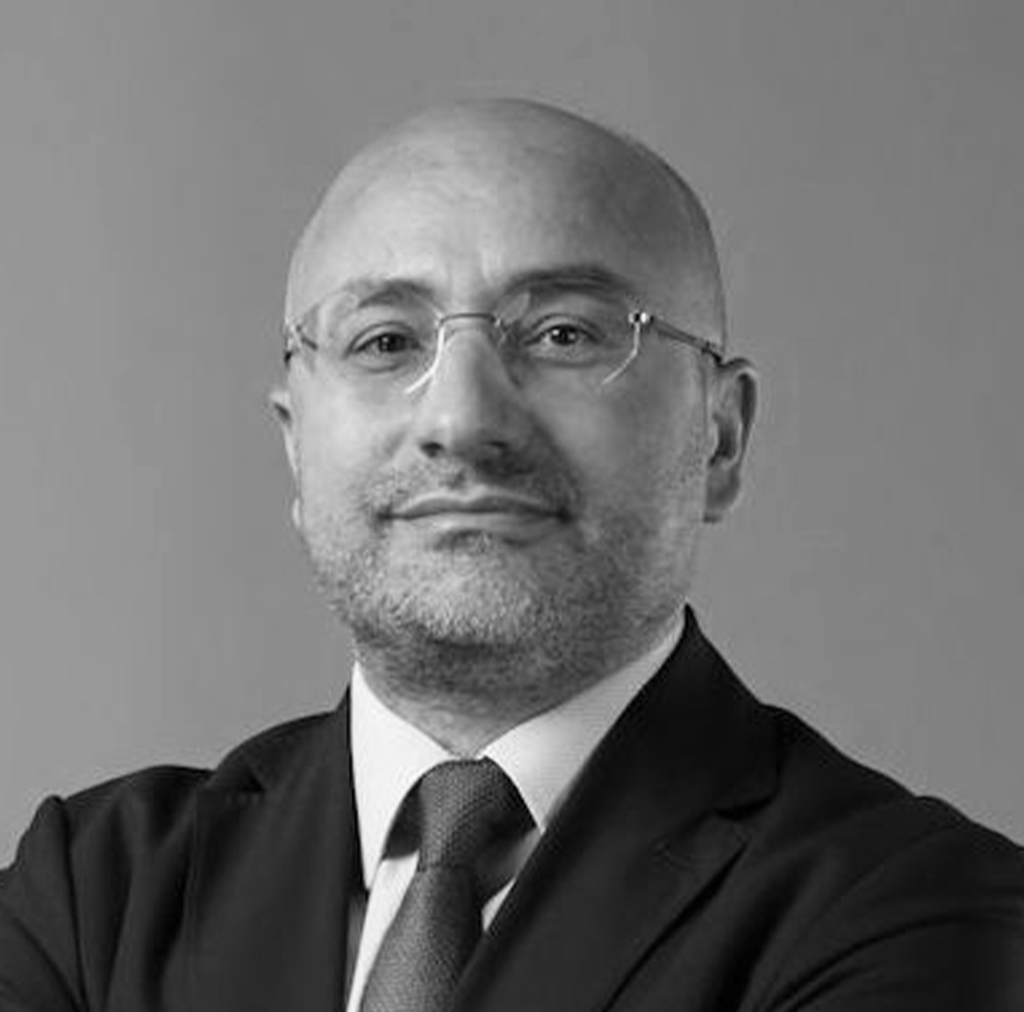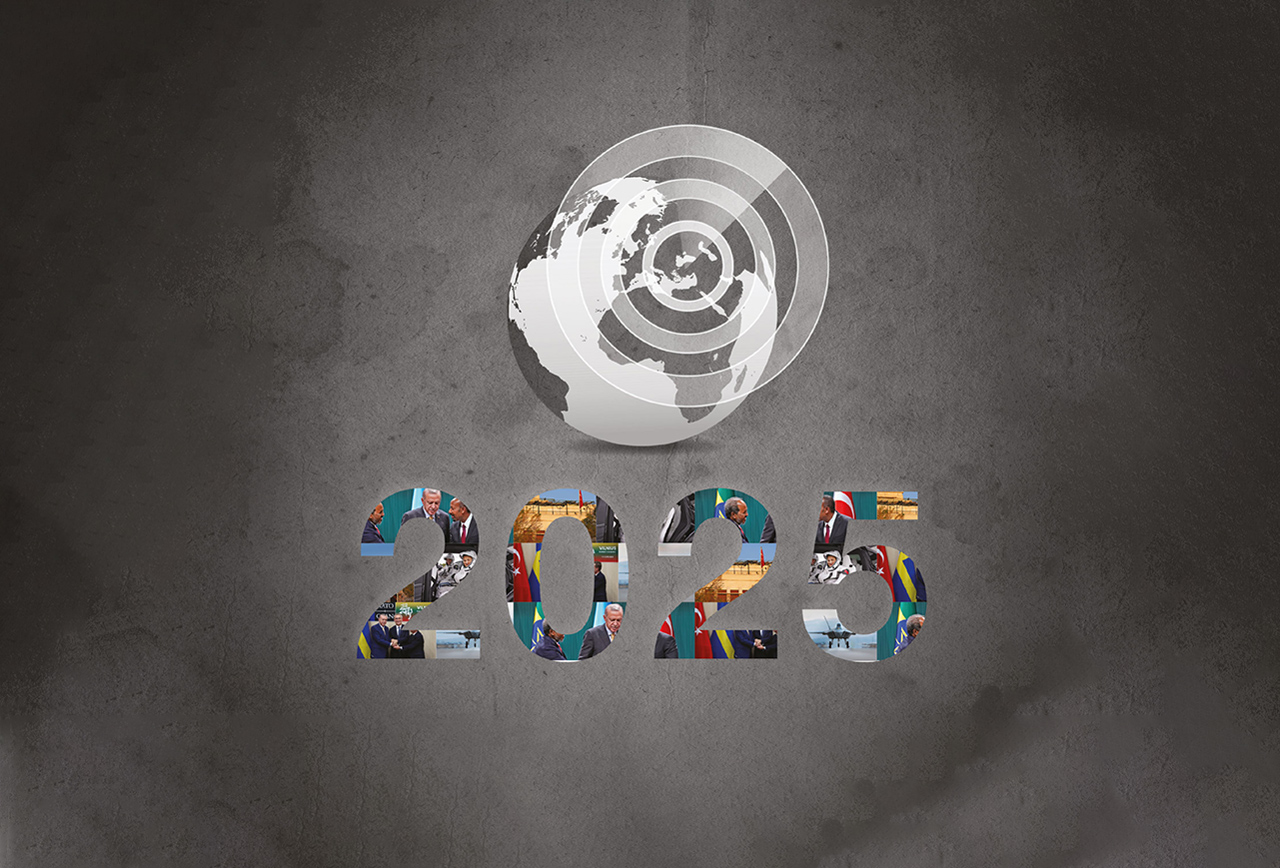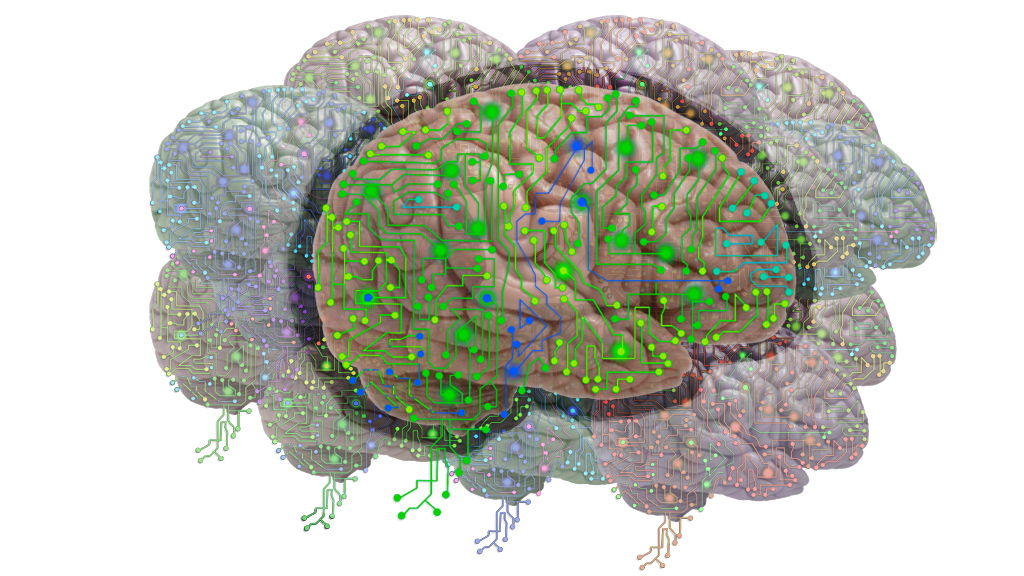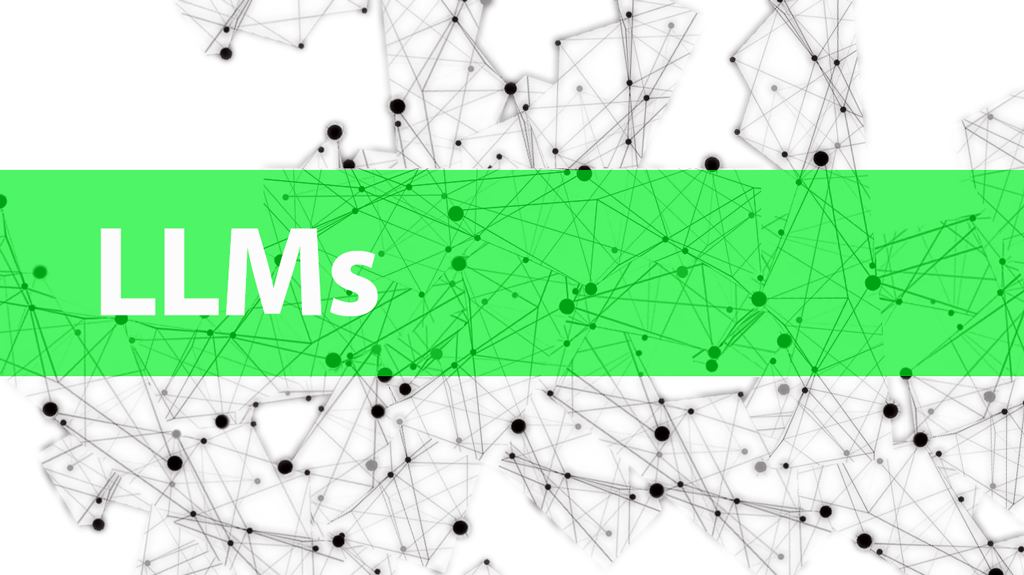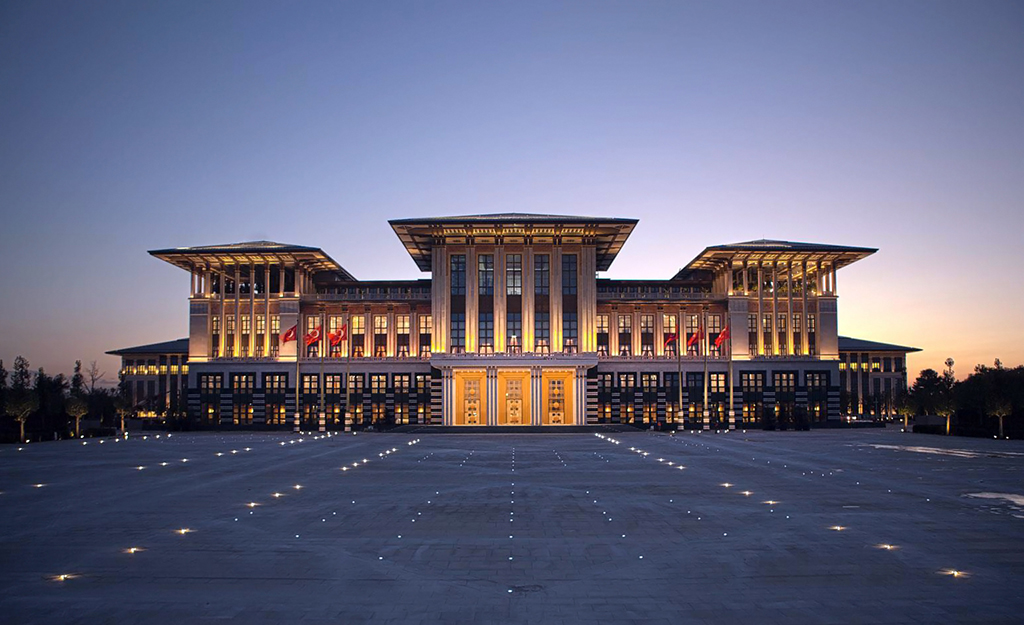
Turkey’s New Government Model and the Presidential Organization
What is the perspective of Turkey’s new government model based on the presidential system? What are the functions of offices and councils (and departments) in the presidential organization? How are ministries in the new government model structured? What are the differences and similarities of the newly designed government model with government structures in other presidential systems?
With the transition from the parliamentary system to the presidential system, Turkey aims to end the tutelary mindset and structures, which have historically tried to design Turkish politics and society by any means other than the national will, to eliminate the double-headedness of the executive branch, and to ensure stability in government and a rapid and effective executive performance.
The presidential government system puts an end to the use of executive authority by a collective body (parliament) and allows the exercise of executive power by a person who is elected directly by the people to serve for five consecutive years. In the new system, for five years, the president will directly or indirectly, determine and execute all public policies that are of concern to society, from security to foreign policy, education and health, and will follow their implementations. The president is expected to find solutions to chronic societal problems within the scope of these policies; to ensure effective and productive procurement of public services; and to meet social demands and needs.
The adoption of the presidential system has created the need to abandon the dual executive structure, to abolish the prime ministry institution, and to redefine structures, duties and functions of ministries...
Tags »
Related Articles
